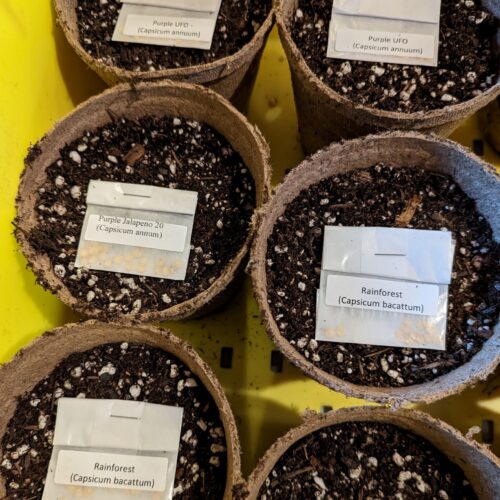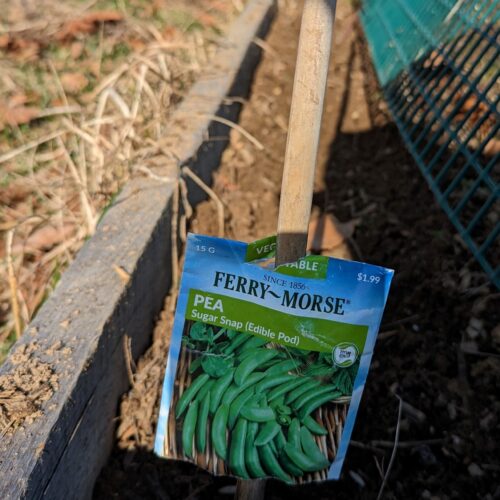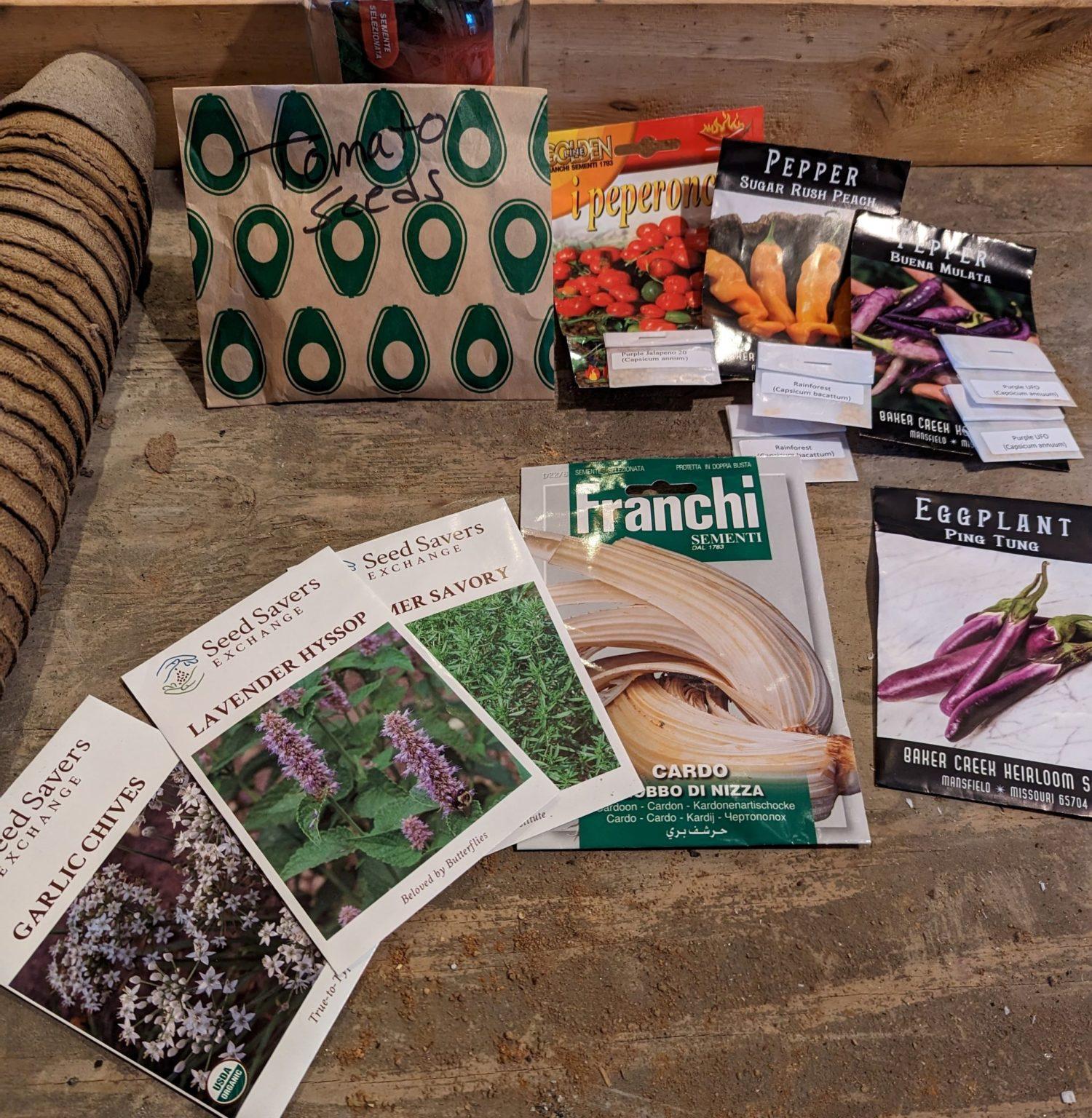Spring a season filled with the promise of a new beginning, and this hold true for the growing season. Late winter or early spring is when gardening enthusiasts should be starting their seeds. Of course, this all depends on the crop and the climate. Whether you are an experienced gardener or a novice, starting seeds during this time of year is rewarding. Here are some tips:
Decide on the Plants
Which plants will you grow this year? Each needs to be started from seed at different times. They have differing germination times, different times they can be planted in the ground, etc. You need to plan for all that from the beginning, otherwise your plants may not be ready to go into the ground at the right times.
Once you know what you will be planting, it helps to chart out when to start them, when they go into the ground, etc. That way, you can keep the process moving. With seed starting, it’s all about timing.
Tip: Many seed packets have instructions as to when to start the seeds and when to put them into the ground, according to your specific zone.
Start the Seeds
There’s an art to starting seeds. The easiest way is to buy a seed starter kit that contains everything you need, such as
- Tray
- Planters
- Soil
- Clear, protective lid
Since every type of plant that you start from seed requires slightly different conditions, be sure to research each seed to make sure you are giving it what it needs.

Care for the Seedlings
Once you plant the seeds, your work isn’t done. You need to give the seedlings the best chance of survival by caring for them along the way. Again, the amount of care that a seedling need will depend on the type of plant that it is. For example, some plants like more watering than others. It all depends on what you are growing.
Remember that not every seedling will survive. Some aren’t meant to – if they are weak, they won’t last when in the ground. That is why you should plant more seedlings than you’ll need for plants.
Know When to Plant
When do the plants go into the ground? Well, that also depends on the type of plant it is. How they’re planted in the ground also depends. Many seeds also require a “hardening off” period, where they begin to acclimate to the weather outside and away from their idyllic growing environments. Again, this will all depend on the type of seed.
Once they go into the ground, they need to be watered and constantly watched, especially during the first week, to assess how it’s doing.
There’s a lot that goes into starting your own seeds. However, with some planning, you’ll be on your way to a successful spring planting!
More information:
https://arborjet.com/2023/03/02/joes-journal-winter-edition-sowing-the-seeds-of-change/


